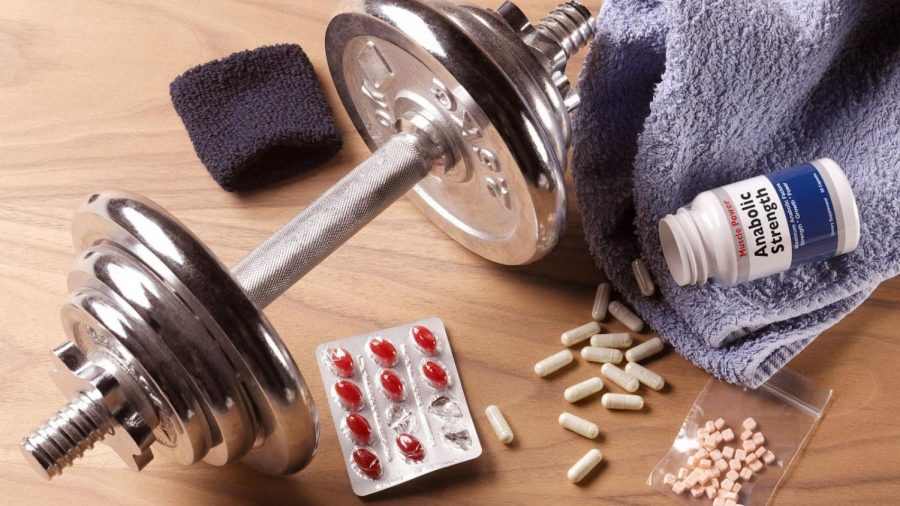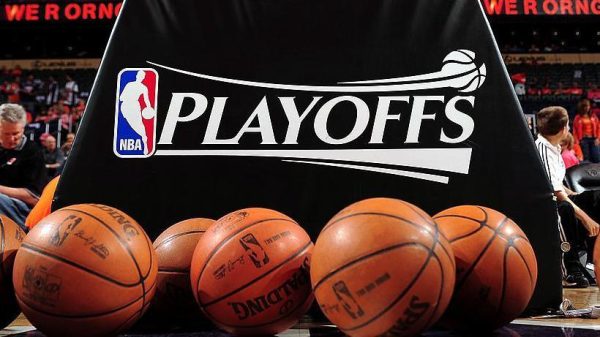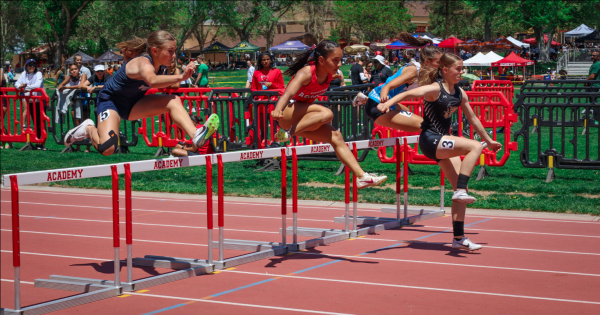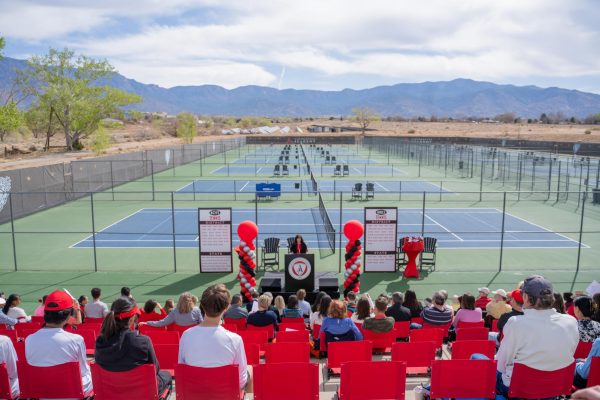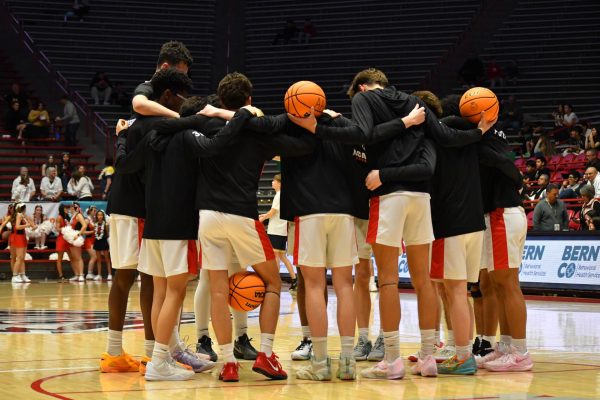PED Use On the Rise in High School Athletics
Drugs have been a major issue among teens and are now finding their way into the hands of young athletes.
High school is a strange time. Those influential years normally contain many of your “first” voice crack, awkward hair growth, mounting stress, breakups, failed tests, and primary drug use. Drug use is on the rise in high school. 60 percent of high school seniors have tried alcohol. 27 percent currently vape. Almost 22 percent of school students currently use marijuana. 10 percent of students have misused amphetamine and other prescription drugs. Even more concerning is the use of some of the strongest and potentially lethal recreational substances. 4 percent of seniors currently use ecstasy (MDMA), 4 percent have tried LSD, and almost 7 percent have used cocaine at least once in their life.
While many parents turn to athletics as a way of keeping their children out of danger, many high school athletes have recently started taking Performance-Enhancing-Drugs (PED) to boost their performance. Like all other reasons for youth drug use, it is linked to peer pressure, body dysmorphia, and depression. While there are legal and safe supplements athletes can take to help their performance such as caffeine, beta-alanine, and creatine, many athletes go a step further by using PED drugs like anabolic steroids, SARMS, growth hormones, stimulants, and erythropoiesis-stimulating agents. All of these are banned by the World Anti-Doping Agency and can have devastating and life-threatening long-term effects.
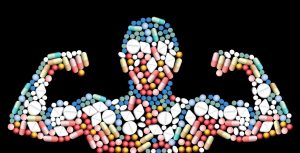
America loves sports. The NFL, the NBA, the NHL, and the MLB all bring in impressive revenues each year. NBA athletes specifically have marketed themselves to the spotlight. LeBron James, a Los Angeles Lakers small forward, has more Instagram followers than current President Donald Trump. High schoolers also love their sports. Recently, because of social media, high school athletics have become a major hub for avid sports fans. High school athletes play with more flash and drama and draw more attention than their professional counterparts. Mikey Williams, a 16-year-old basketball phenom from San Ysidro, California has more Instagram followers than many NBA All-Stars. The same applies to LeBron James’s son, Bronny James. High school athletes are getting faster, stronger, and better and are almost matching some of their professional counterparts. Unfortunately, like many professional athletes, teenagers are using illegal and dangerous methods to achieve new athletic accolades.
Unlike most common reasons for recreational drug use, high school athletes do not use PEDs because of a desire to fit in, but because of social pressure. High school athletes are under constant pressure to match talent, and unfortunately, hard work can only get them so far. PEDs give an extra boost to push them over the top and gain recognition from their friends, teammates, family, and social media followers.
According to pharmacist Jaimi Mahto of UNM Hospitals, “Each of these drugs will immediately cause hypertension and a rise in cholesterol levels. They have the potential to cause hallucinations and narcoleptic episodes. Injecting any variety of hormones – such as IGF- 1 [growth hormone] and testosterone – in your body consistently will lead to your body not being able to produce adequate amounts later down the line. All of these are highly abused and people become dependent on them. Androgenic and anabolic steroids could very easily kill an underdeveloped body very quickly.”
The first step that institutions such as the NMAA must take to limit PED use is to rapidly improve their testing for it. Many state activities associations don’t test for SARMs, steroids, and testosterone enhancers in their drug tests. Any student could use these and would never see consequences. Although SARMs aren’t illegal, the NMAA should not tacitly be encouraging the use of these dangerous drugs.
The next step is to limit access to these drugs. Pre-workout formula, a common supplement, is allowed by most sports leagues. These formulas generally contain caffeine and amino acids from natural sources. However, many pre-workout formulas sold to adolescents contain DMAA and DMHA – androgenic steroids. Any athlete could get their hands on these at their local supplement store without ever turning to the black market. Most of the time, athletes aren’t even aware that they just bought steroids. The FDA and the state of New Mexico must do a better job at regulating PEDs.
The best way to reduce the prevalence of PED use is to address bullying. Body dysmorphia and pressure to live up to athletic expectations are a primary reason for high school students to take life-threatening PEDs. Schools and institutions should encourage body positivity and safe practices.
Drugs have always been a major issue among teenagers and are now finding their way into the hands of young athletes. While these athletes may experience a temporary surge in performance, continued use of these dangerous substances will likely lead to serious complications that may lead to death. The pressure to meet expectations is undeniably the root cause of it all. Institutions such as schools and sports leagues should take better measures to keep PEDs out of the hands of athletes to ensure that they stay happy, healthy, and alive.

Neil Mahto '23 is the life of the party in every group and situation. You can always count on him to crack the right joke and put a smile on your face....


